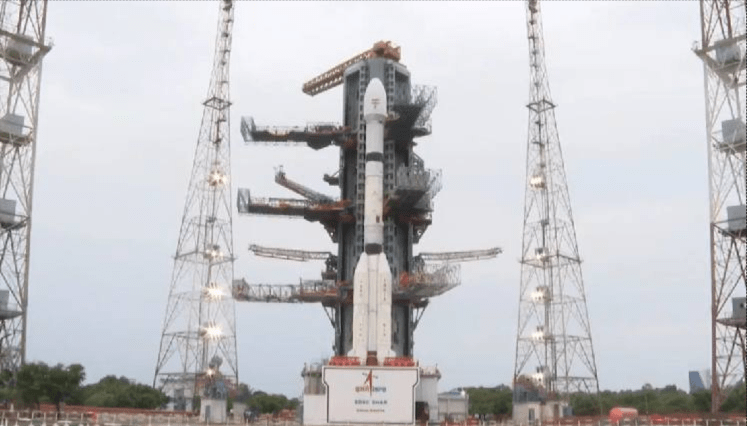
ISRO-NASA Earth observation satellite NISAR to launch today from Sriharikota
The Indian Space Research Organisation (ISRO) and NASA are set to launch their highly anticipated Earth observation satellite, NISAR, today at 5:40 p.m. IST from the Satish Dhawan Space Centre in Sriharikota.
The $1.5 billion NISAR (NASA-ISRO Synthetic Aperture Radar) mission is a groundbreaking collaboration between the two space agencies, aiming to transform Earth monitoring by using advanced radar imaging to track natural disasters, climate change, and environmental shifts.
NISAR is the first satellite to use dual-frequency synthetic aperture radar — combining NASA’s L-band and ISRO’s S-band technologies. The radars will operate with the help of a 12-meter deployable mesh reflector antenna developed by NASA, mounted on ISRO’s I-3K satellite bus.
The 2,392-kilogram satellite will be launched aboard India’s GSLV-F16 rocket into a sun-synchronous orbit 740 km above Earth. Using SweepSAR technology, NISAR will scan the planet’s land and ice surfaces every 12 days, capturing high-resolution data across a 242-kilometer swath.
ISRO Chairman V. Narayanan confirmed the launch and emphasized NISAR’s ability to capture imagery 24/7 in all weather and lighting conditions. “It can detect landslides, aid disaster management, and monitor changes in the climate,” he said.
NASA has contributed key components including the L-Band SAR payload, GPS receivers, and the unfurlable antenna. ISRO provided the S-Band radar, spacecraft bus, launch vehicle, and mission support.
The NISAR mission showcases the synergy of Indian and American space capabilities and is expected to provide vital data for agriculture, resource management, and disaster mitigation worldwide.